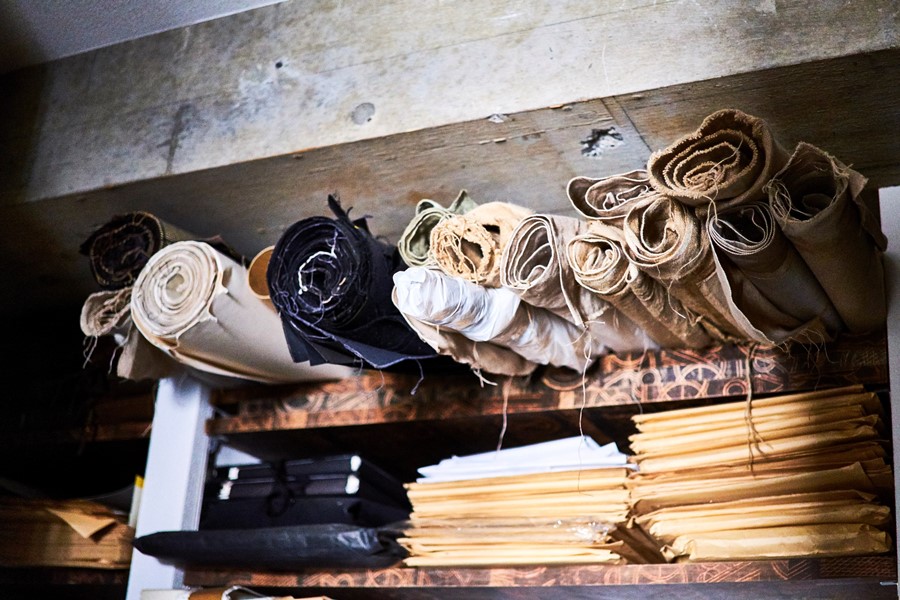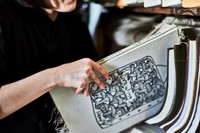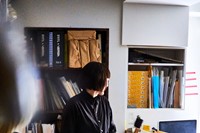For the Japan edition of Where They Create, photographer Paul Barbera visits the late British designer’s store in the heart of Harajuku, where his legacy lives on in the brand he masterminded
First and foremost, fashion designer Christopher Nemeth was an artist. It wasn’t until he was studying painting at Camberwell College of Art during the late 1970s and early 80s that he expanded his practice into the wearable, initially creating clothes for his own personal use, and teaching himself to pattern cut by moulding paper toiles to his own body. Working with the deconstruction and reconstruction of salvaged materials – he fashioned parachute-like trousers from postal sacks and embellished garments with buttons, safety pins, rope and various objets trouvés – his work served as an antithesis to the excessive glitz of an era that was, paradoxically, in the midst of a recession. Nemeth co-founded radical London design collective The House of Beauty & Culture with photographer Mark Lebon, stylist Judy Blame and shoemaker John Moore as another method of rejecting mass culture and consumerism. In 1986 Nemeth finally settled in Tokyo, where his clothes naturally nestled alongside the designs of Junya Watanabe and Comme des Garçons, and it was there that he met his wife Keiko, and had his two daughters, Lui and Riyo.
The designer’s untimely death from lung cancer in September 2010 was a sombre moment for the fashion industry, but it brought about a moment of reflection upon the legacy of a man who found such consummate joy in making throughout his life. One month later, in a converted space underneath the railway arches near Kingsland Road in east London, a showcase of the designer’s archival works and the drawings he had made just prior to his passing was opened. This space was called Primitive, and had been thought up by his daughters – both of whom followed in their father’s footsteps, studying Fine Art at Central Saint Martins together – and was opened in close proximity to the location of Nemeth’s first ever shop.
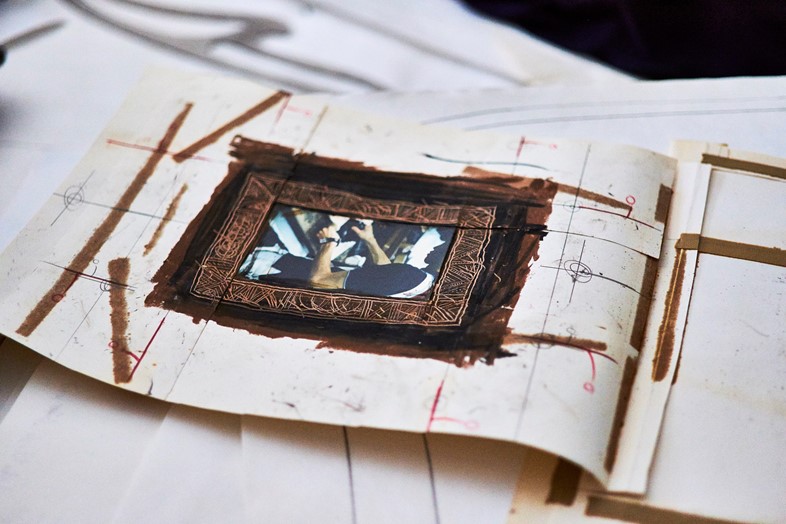
Primitive remains in London to this day, but the Nemeths eventually felt it fitting to make the journey back Tokyo – the place where Christopher truly found a home – to continue his legacy through the store he founded in the heart of Omotesando. Here, with a workshop and atelier situated just above it, the production of Christopher’s designs endures and his rich archive is conscientiously cared for: “Everything started when we opened loads of boxes which had been unopened for over ten years,” Lui and Riyo explain. “Two years ago we started to document all the artworks and archival garments digitally,” with the archive more recently coming to fruition in a moving tribute to Nemeth by friends Kim Jones and Judy Blame in the A/W15 Louis Vuitton Menswear show.
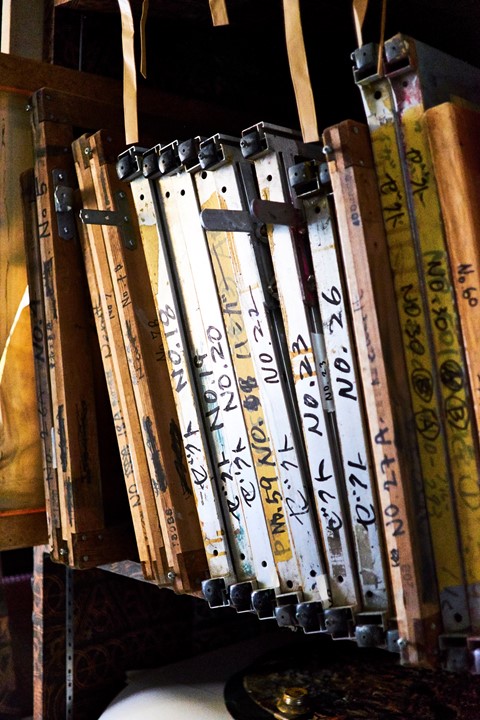
In his second volume of Where They Create, photographer Paul Barbera documents the creative studios of Tokyo, providing a rare view into some of the greatest Japan-based minds of our time. Naturally Christopher Nemeth’s oeuvre had to be included. During an interview in 1997, Nemeth stated, “I think fashion should be a voice.” This is a sensibility that is undoubtedly shared by his daughters, to this day, with Riyo and Lui noting in Barbera’s photobook that “clothes talk without you saying anything.” And indeed, through the continued production of their father’s designs, the family quietly speak of both admiration and affection for someone they loved.
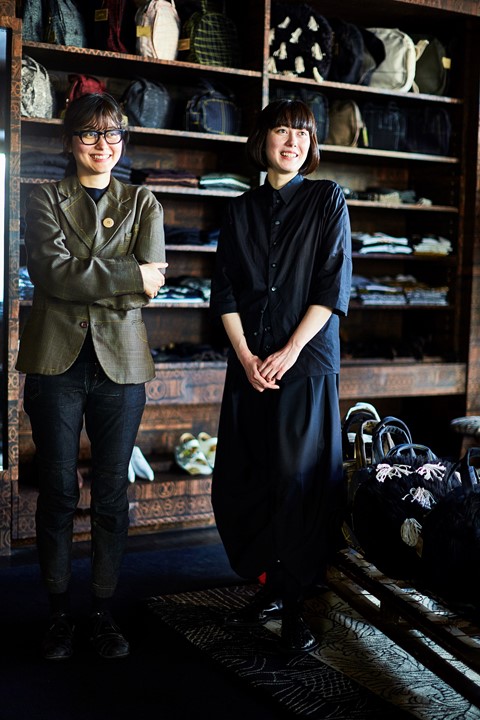
This feature is published in full in Where They Create, Japan: Creative Studios Shot by Paul Barbera, published by Frame.
